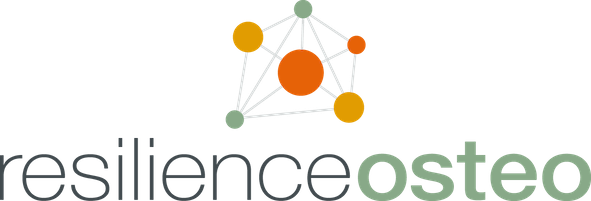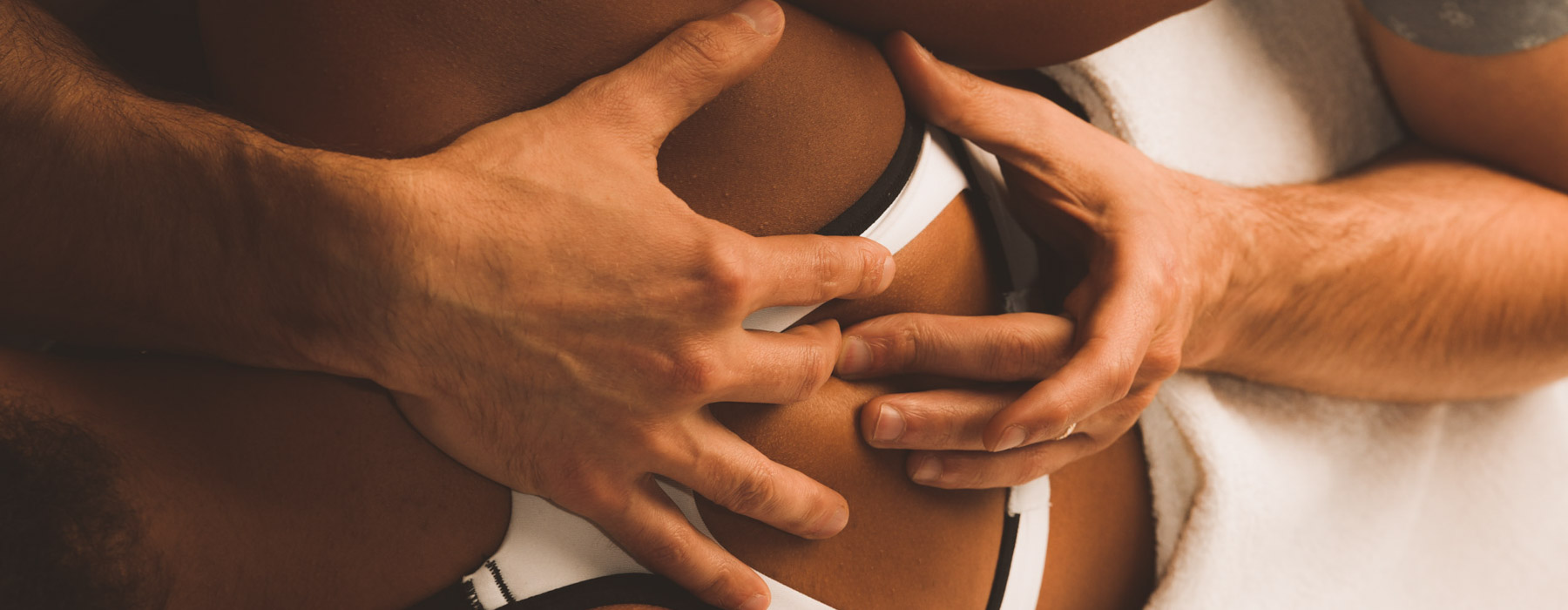There is an intimate relationship between structure (mechanics) and function (physiology) in the body. Tissues that move freely are tissues that function well – unimpeded flows of blood, lymph and nerve impulses allow balance (homeostasis) to be maintained.
Any insult such as physical trauma, inflammation, infection or surgery can cause loss of mobility and abnormal tension in previously healthy tissues. This can create both local and remote mechanical problems, as well as associated vascular and neurological changes. The end result is dysfunction and pain.
Osteopathy is a form of manual (hands-on) medicine based on the above principle of structure-function inter-relationship. It was developed in the late 19th century by Dr Andrew Taylor Still, an American Physician. Osteopathy:
- focuses on restoring tissue mobility to enhance function and health
- looks at the whole body, and not just the area(s) where symptoms are felt – there are many possible interactions between the mechanics and function of different and sometimes distant parts of the body, and a global approach is required.
During a consultation, the aim of the osteopath is to identify and address the key areas of tissue tension and restriction in a patient. These are the tensions/restrictions most destabilising to the body and causing the most extensive compensations at other locations. For diagnosis, the osteopath uses a combination of palpation and motion testing, as well as physical, neurological and orthopaedic examination as required. Because major tensions are often hidden deep in the body cavities, the osteopath needs to look beyond the musculoskeletal ‘shell’ of the body and address the body in its entirety.
Using his/her hands only, the osteopath applies precise forces to gently mobilise tissues and alleviate the identified tensions/restrictions. Depending on the specific needs of the patient, techniques such as joint mobilisation, visceral manipulation, fascial release, muscle stretching, or neural manipulation may be used.



